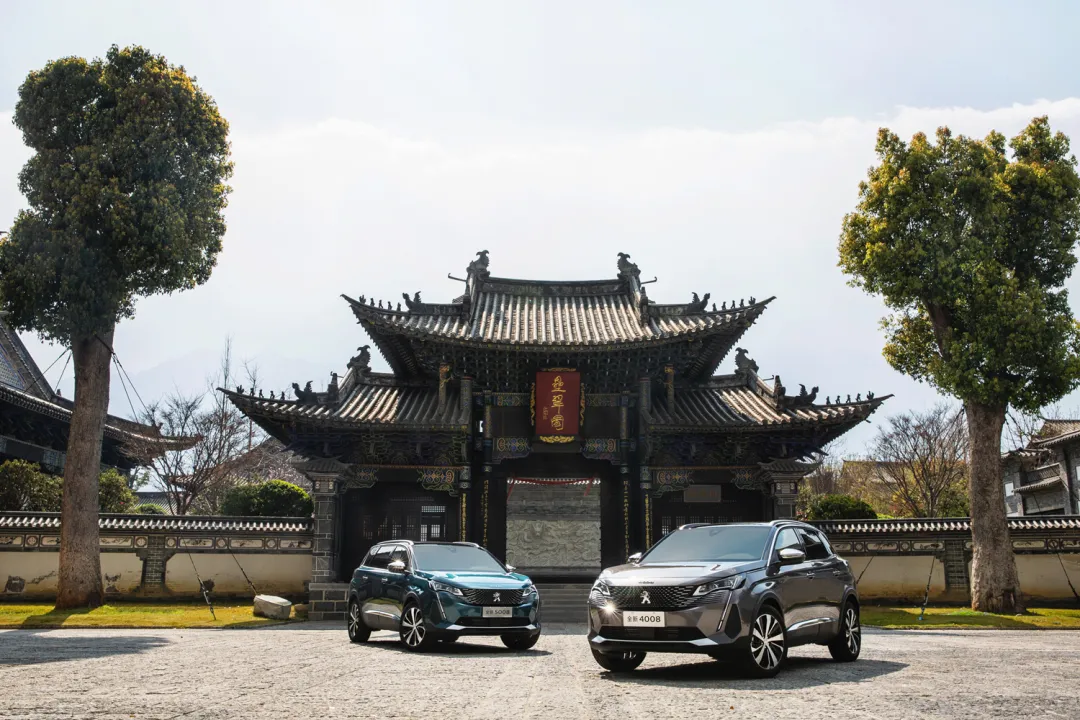*Author: the chubby guy with dual-turbo
When it comes to France, elegance is the word that comes to my mind. As for French people, many might immediately associate them with romance. But what comes to your mind when you think of French cars?
In fact, French cars have always given people an impression of “individuality and nonconformity”. French cars never lack in design, and of course, they also have designs that make us Asians feel “puzzled”. This time, I went to Dali to test drive the new 4008 and 5008, the main SUV models of Dongfeng Peugeot.
Lions are finally “angry”
First, let’s talk about the design of the new Dongfeng Peugeot 4008 and 5008. The external changes of both models are quite obvious, especially the front end. Both models have been replaced with Peugeot’s new French-style sharp design language, which Peugeot calls “lava aesthetics”.
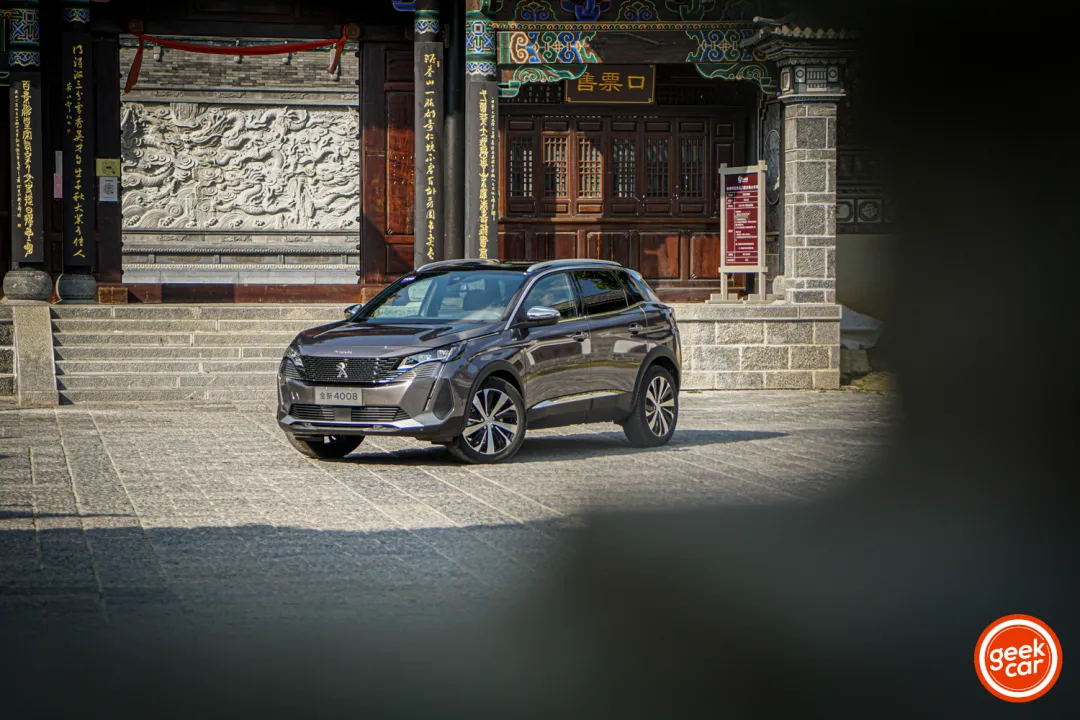
The new Dongfeng Peugeot 4008 and 5008 adopt a tension-filled lion roar-style front face, with “whiskers” lines bursting out to both sides. It has to be said that the front-end design of both models has become more agile and more in line with the aesthetic of the times.
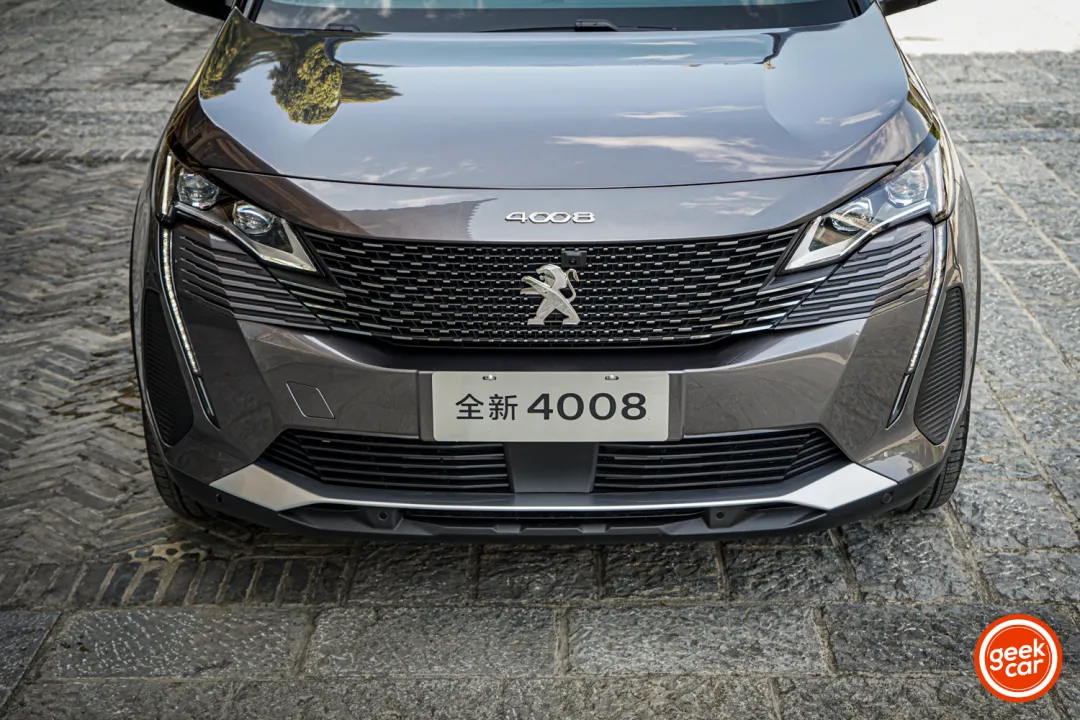
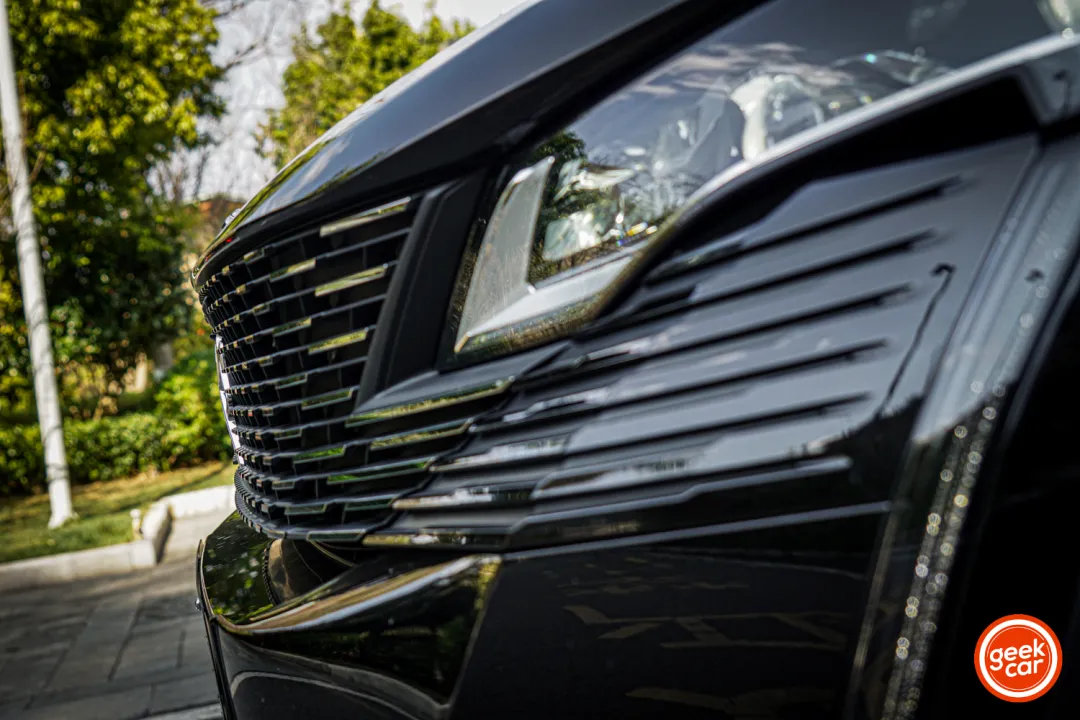
Looking at the front-end design from different angles, every angle will have a different sensory effect.
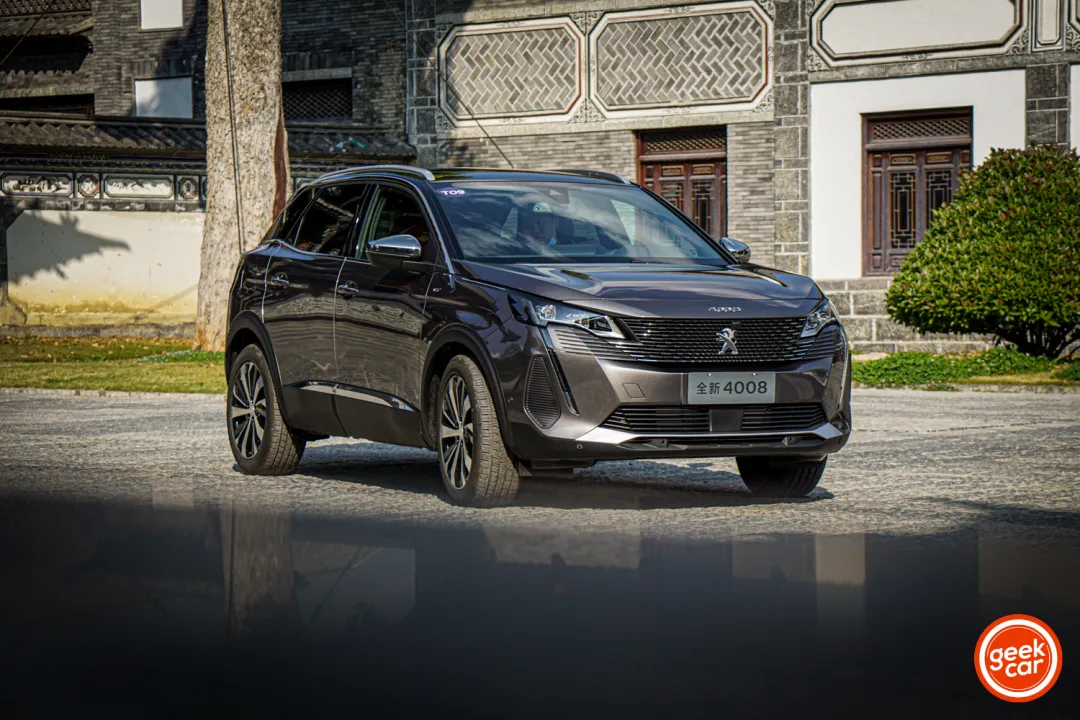
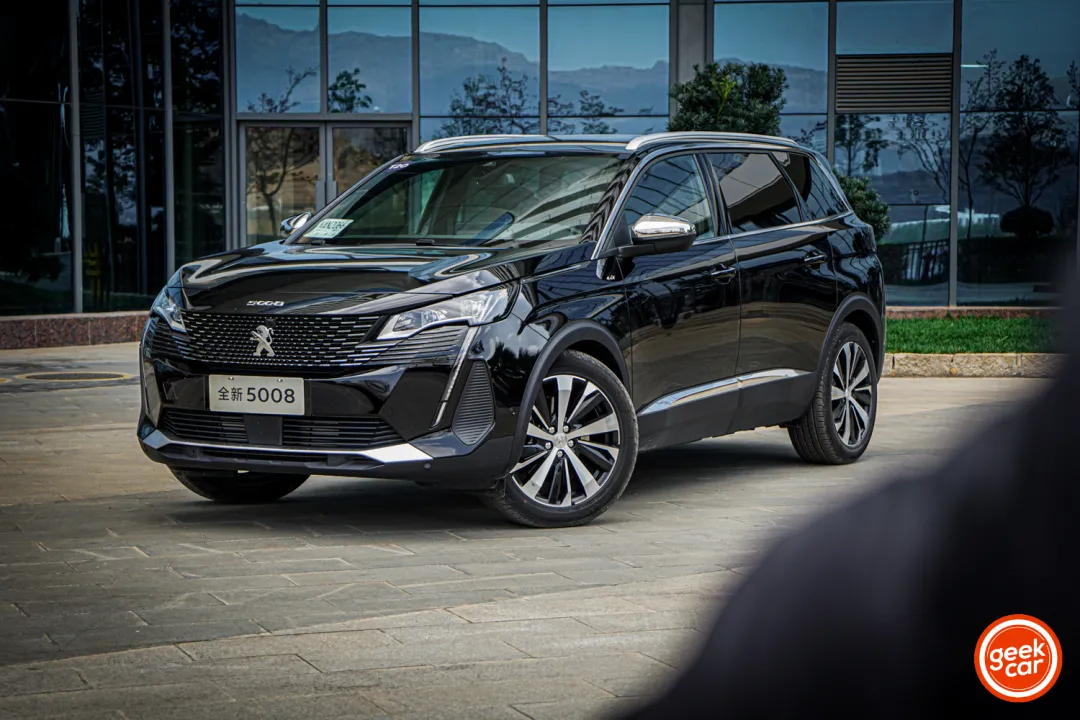
The changes in the rear design of both models are not significant. Compared with the previous “lion paws” taillights, each paw print is now divided into three pieces. Upon closer observation, the detailed design of the new taillights is pretty on point.
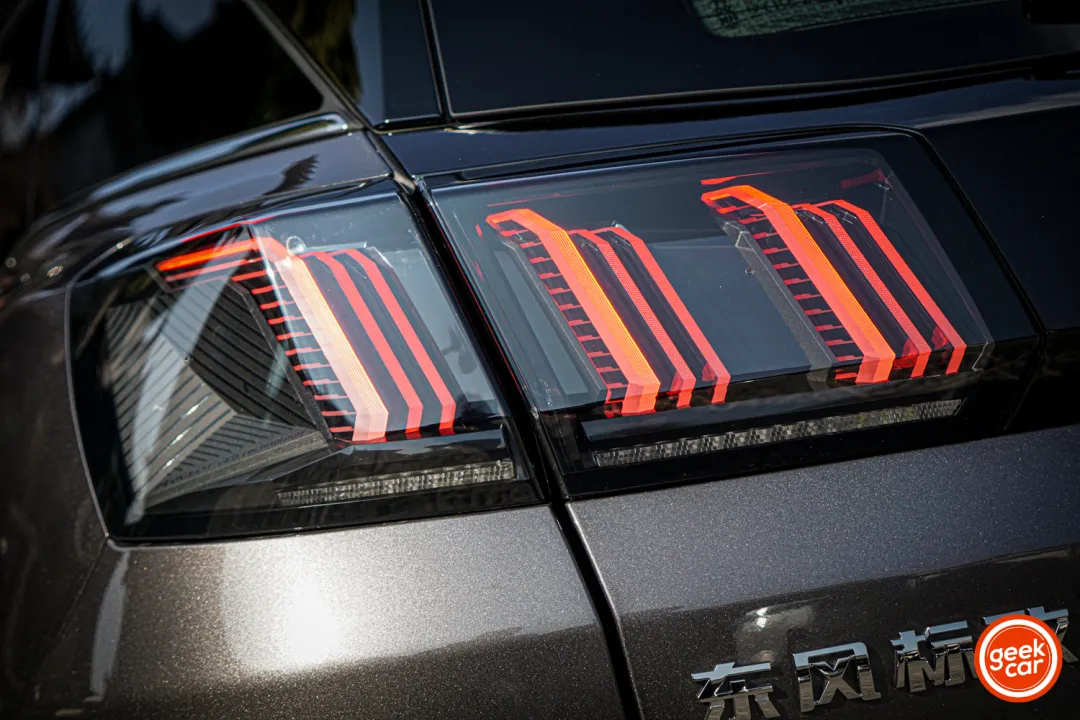
Overall, the exterior design of the new Dongfeng Peugeot 4008 and 5008 has become more youthful and technological.
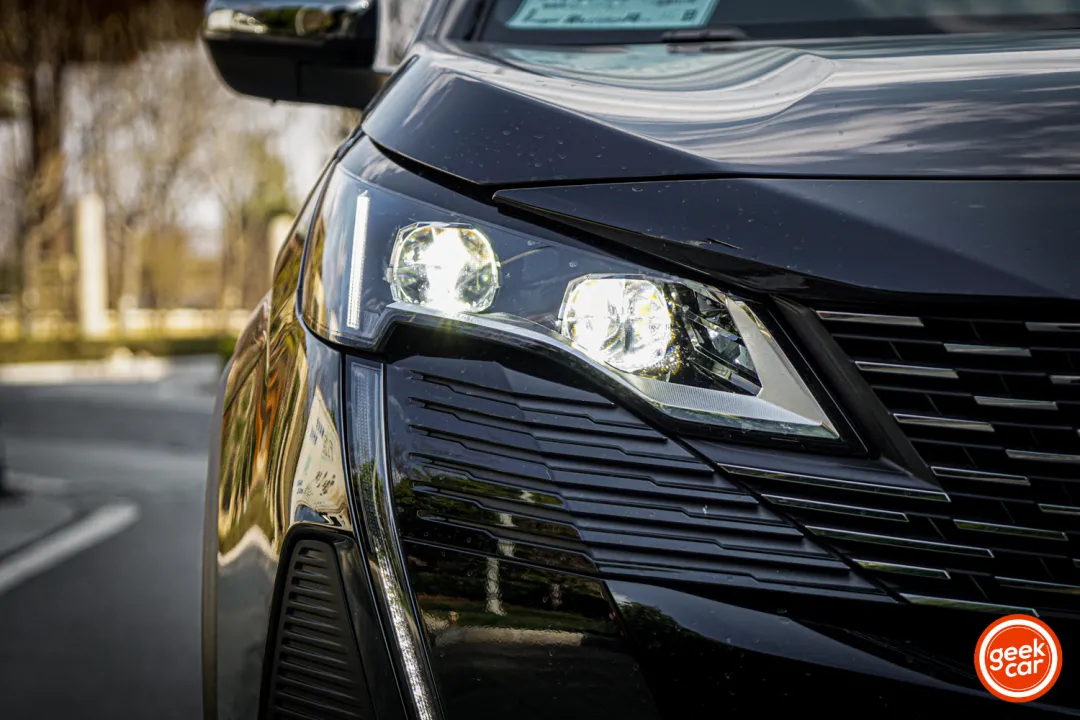 The two models with a slight difference in height and width adopt a brand-new design language, making it difficult to distinguish them from the front view.
The two models with a slight difference in height and width adopt a brand-new design language, making it difficult to distinguish them from the front view.
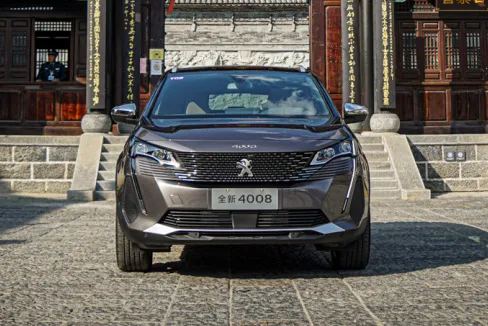
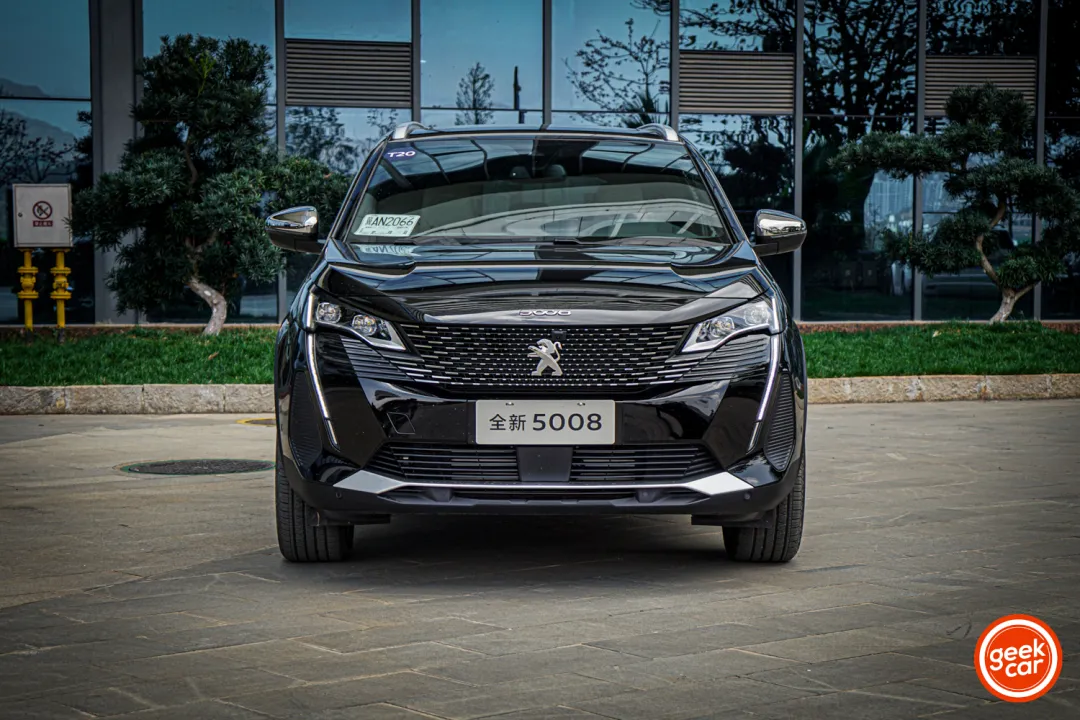
The two most impressive features
- Cabin
Compared with the current models, there are not many changes in the cabin design of the two models, and the only upgrade is the 10-inch touch central control screen.
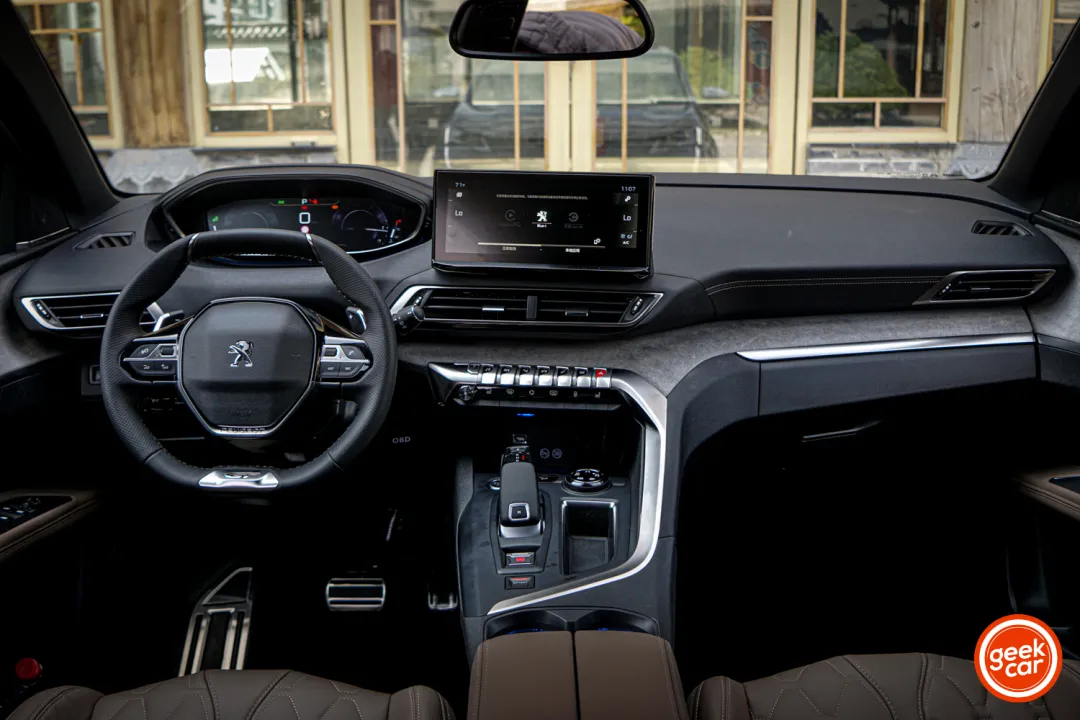
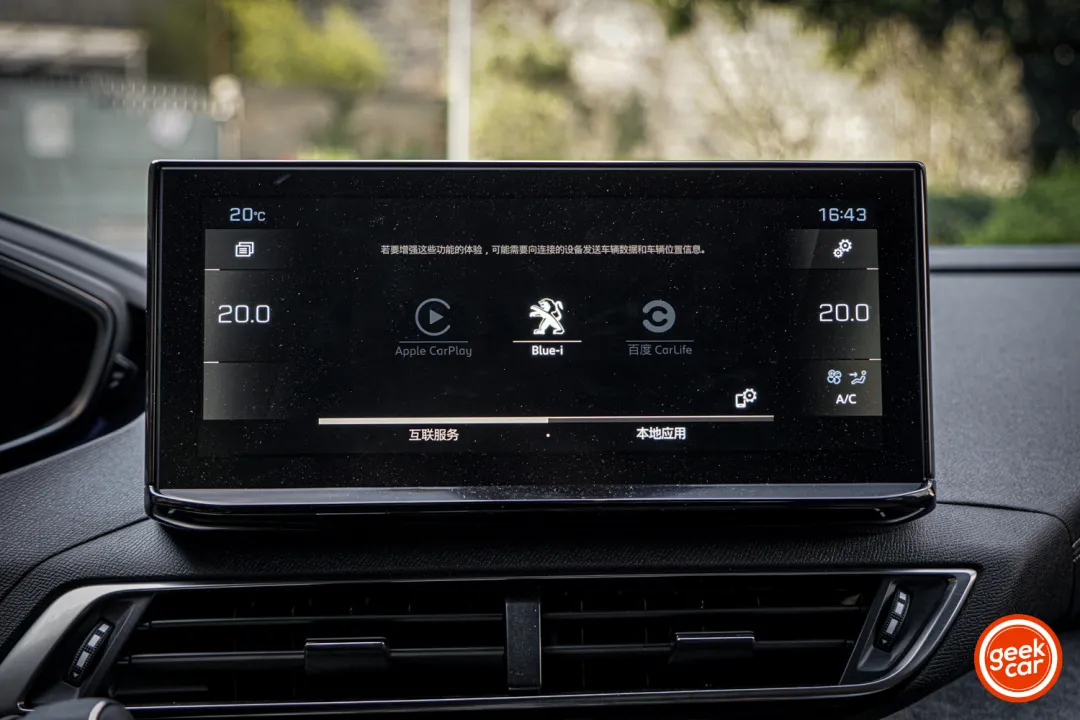
Among the joint venture models of the same level, Dongfeng Peugeot’s i-Cockpit has always been considered to be quite immersive, and the driver can feel surrounded by the central console.
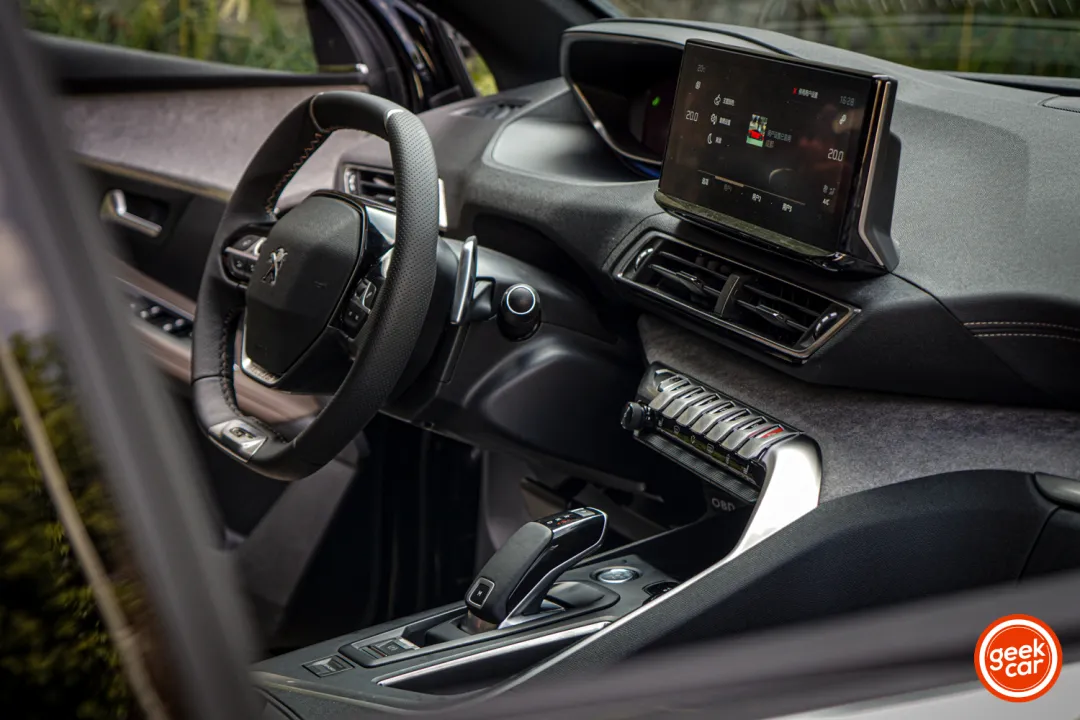
At the same time, the cabin retains physical buttons for functions and settings such as multimedia, navigation, and air conditioning control, which, like the central control screen, are designed to tilt towards the driver.
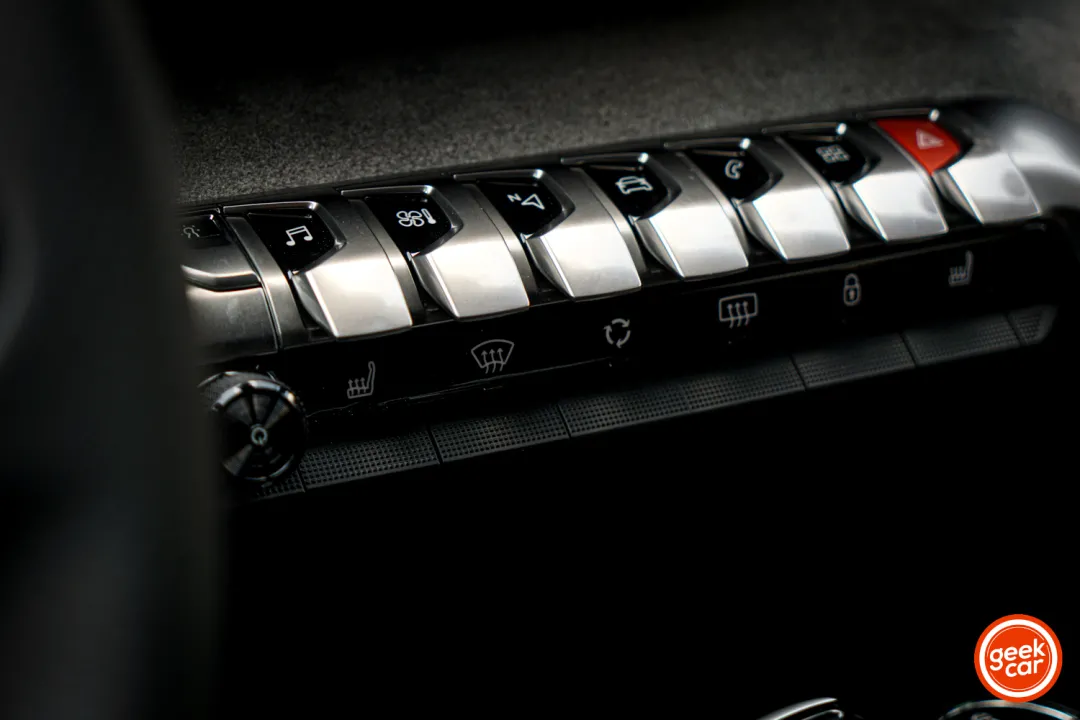
However, it seems that the French have mastered the hardware of human-computer interaction but seem to be lacking in the interaction design of the intelligent era of automobiles.
The central control screen of the Dongfeng Peugeot’s new 4008 and 5008 models has become larger, but the vehicle system has not changed. My evaluation of this system is “fully functional, but with poor interaction.”
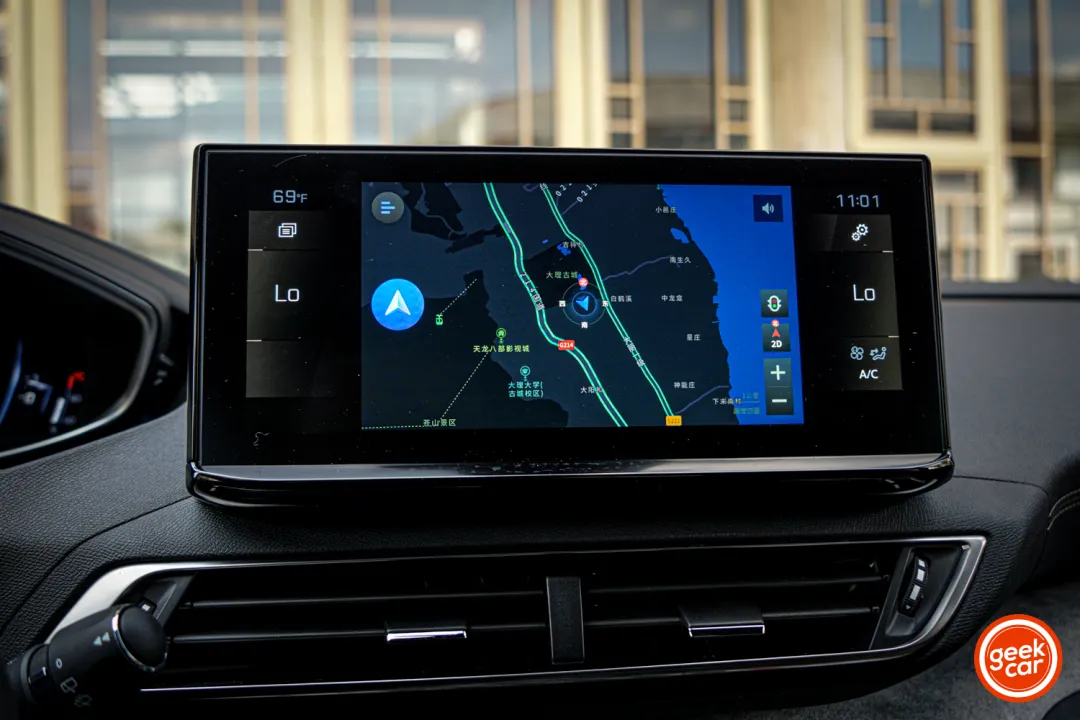
Fully functional: equipped with Gaode map car version, online music/Bluetooth music, supports Apple CarPlay and Baidu CarLife two mobile phone projection schemes, and comes with a voice recognition system. Therefore, this system’s functions are quite rich and can basically meet all users’ needs and habits in using the car.
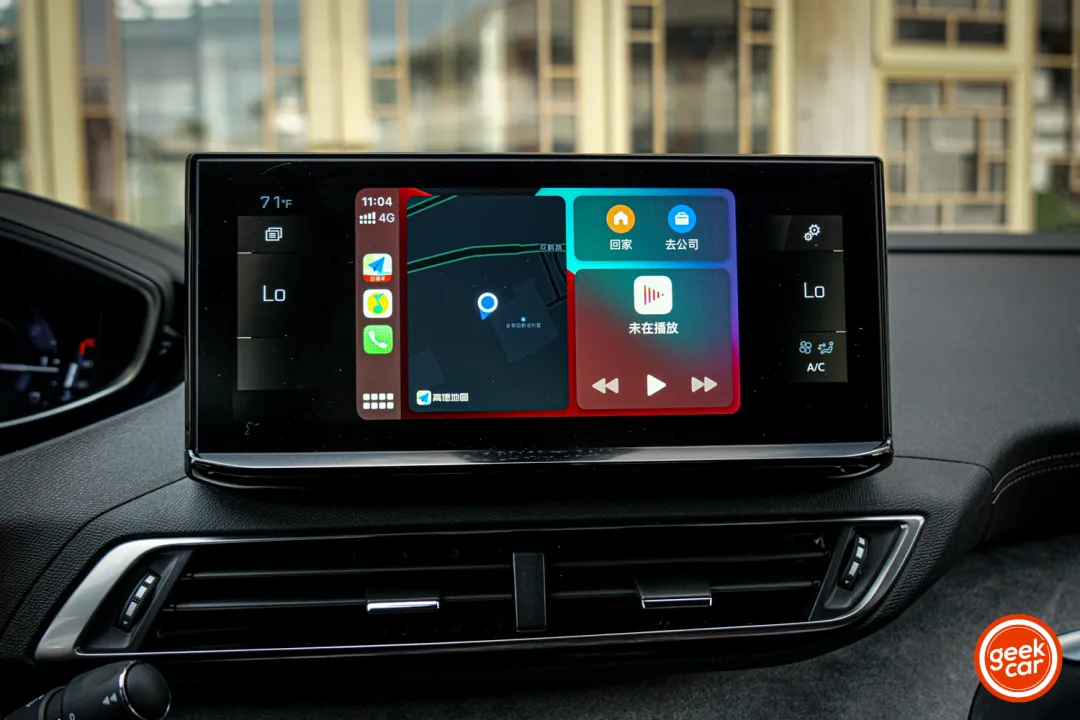 # Why is the interaction experience of the car’s infotainment system lacking?
# Why is the interaction experience of the car’s infotainment system lacking?
Firstly, the interaction hierarchy is too complex. Each function and setting requires two levels of interaction and most functions require accessing a physical button before adjusting through the touchscreen. This operation is not convenient and has a high learning cost.
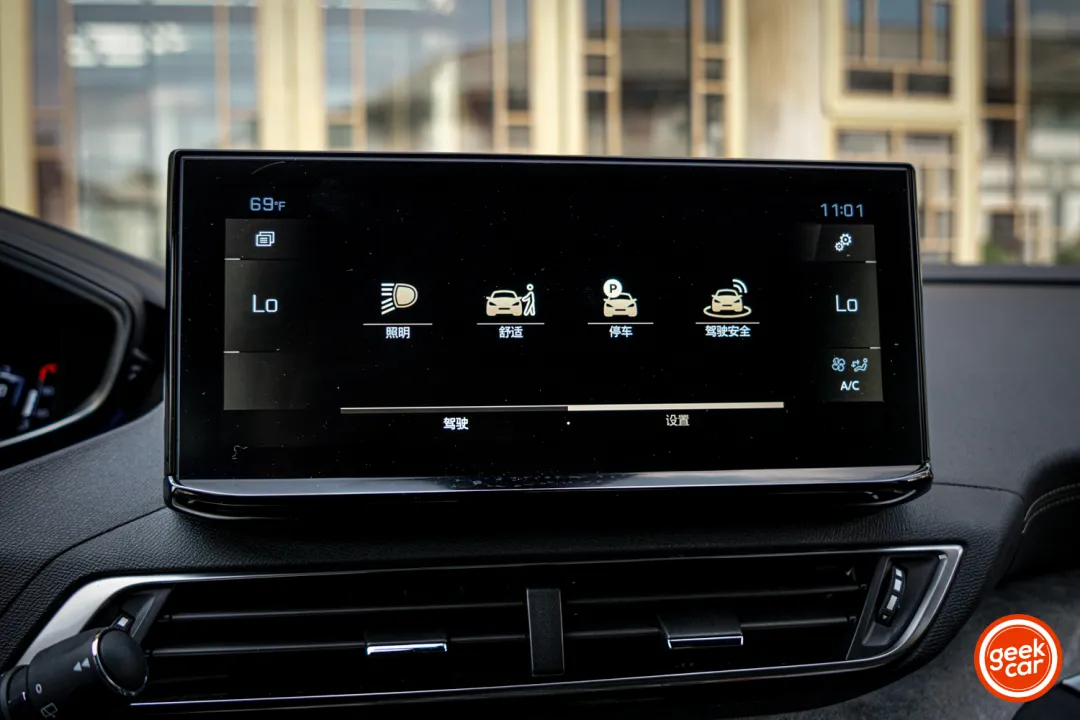
Secondly, the UI design feels old-school, like an MP4 player from the 2000s. Additionally, it cannot support full-screen usage for systems like Apple CarPlay and Gaode Map’s car version.
Personally, I like the unique i-Cockpit interior and ergonomic design, but the infotainment system seems lacking.
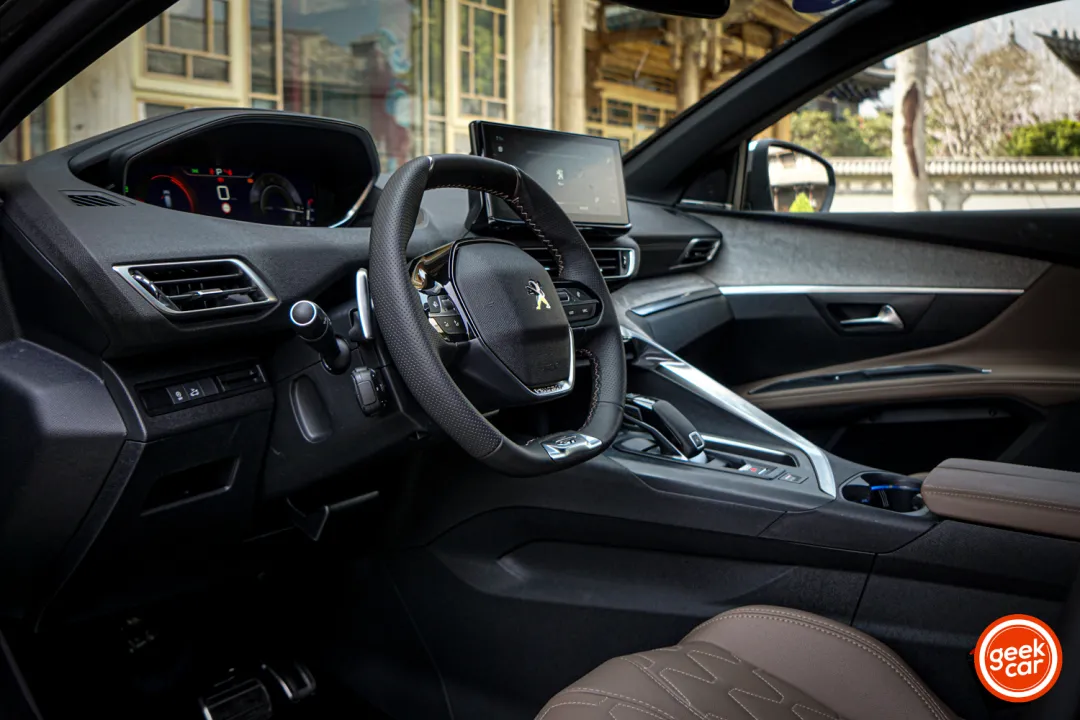
On the road
During my test drive, I drove two fully-equipped models of Dongfeng Peugeot’s new 4008 and 5008 with a 1.8T turbocharged engine. The maximum output power is 155 kW and the maximum output torque is 300N·m, matched with an Aisin 8-speed automatic transmission.
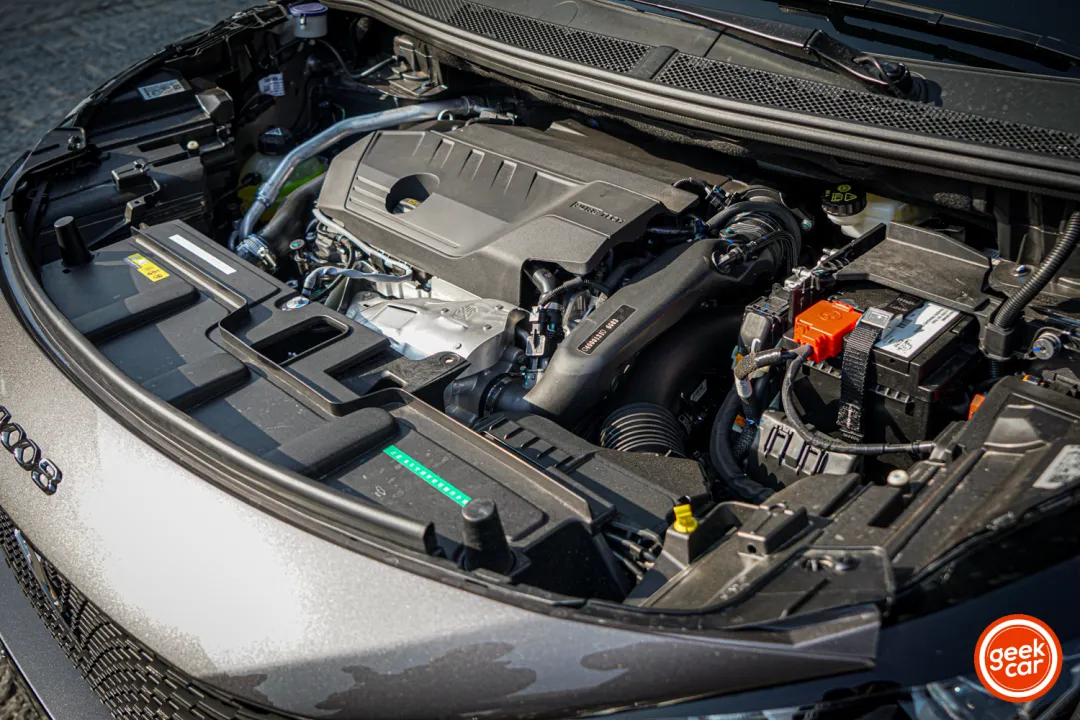
To be frank, the matching of this power system is relatively high, with sufficient power and smooth shifting.
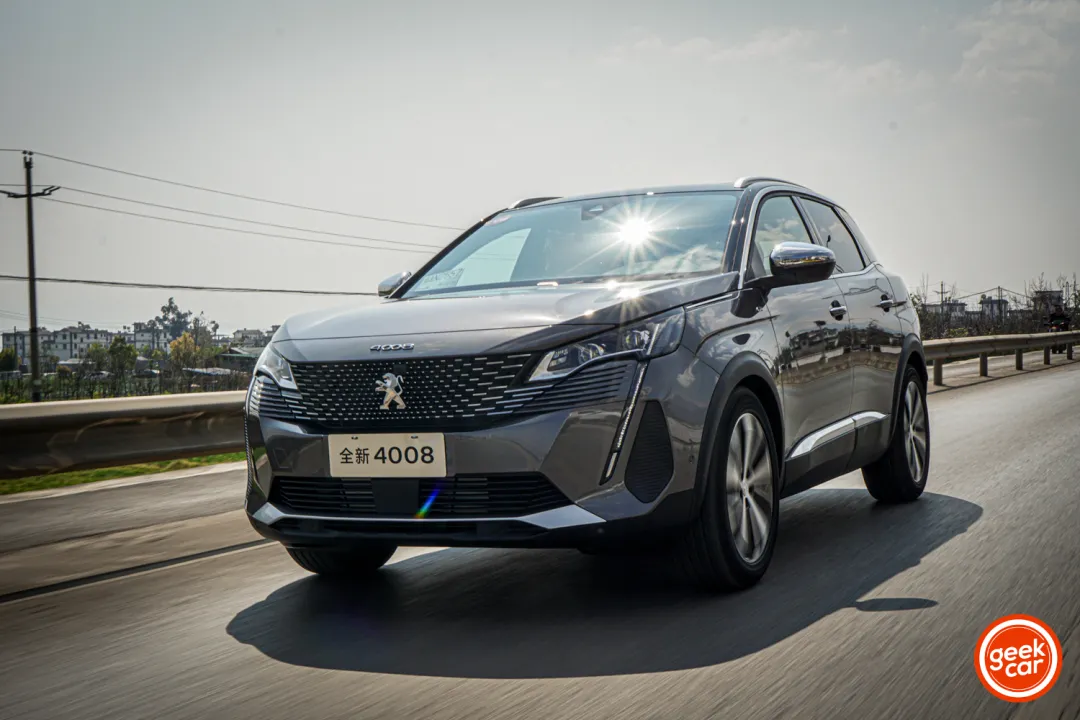
Both models use front MacPherson struts and rear torsion beam suspensions. Although the rear adopts a torsion beam structure, Peugeot has put tremendous effort into its structural design and tuning. The road conditions along the Dali-Erhai Lake route are not ideal, with many speed bumps and bumpy sections, but this suspension system can filter out subtle vibrations very well.
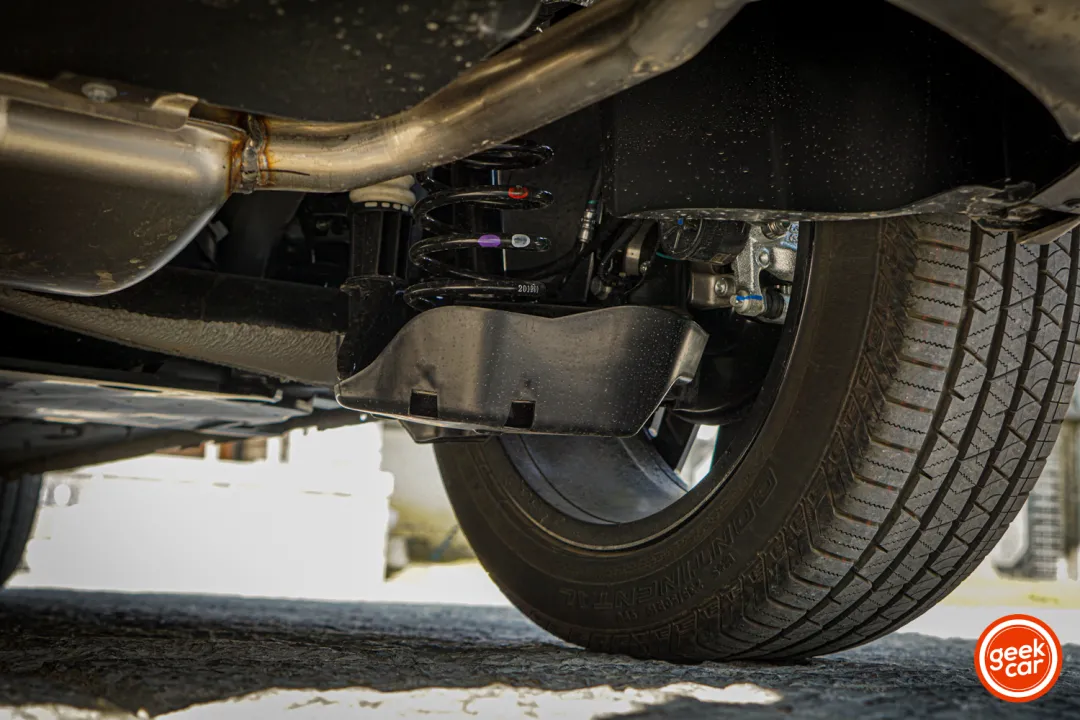
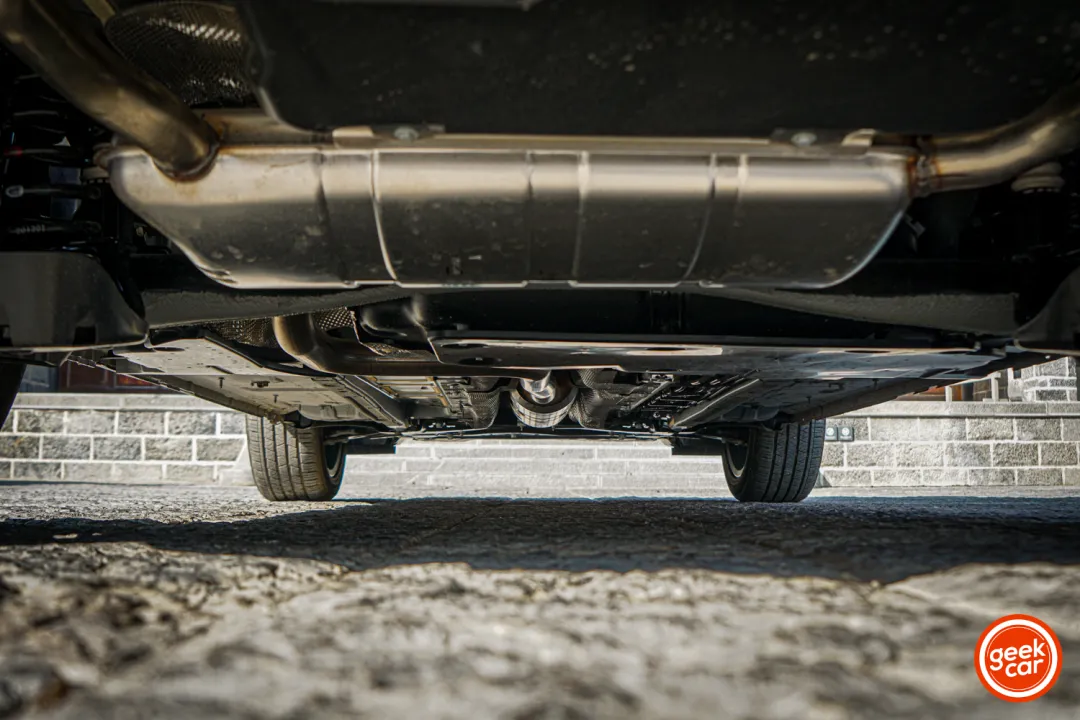 When passing over speed bumps, the rear passengers will feel obvious shaking. The Peugeot 5008 has a longer length and wheelbase than the 4008, so the shaking of the 4008 model is more obvious, while the 5008 model feels more comfortable.
When passing over speed bumps, the rear passengers will feel obvious shaking. The Peugeot 5008 has a longer length and wheelbase than the 4008, so the shaking of the 4008 model is more obvious, while the 5008 model feels more comfortable.
Another point is that the NVH performance of the new Peugeot 4008 and 5008 from Dongfeng Peugeot is quite good.
Peugeot’s representative French cars are beginning to exert their strength
Since Dongfeng Peugeot’s overall sales began to decline continuously, they launched the “Yuan+” plan last year. The strategy adjusted to “more Chinese products”, “more accurate marketing”, “more reliable service”, and “more efficient operations”.
After the sales hit bottom in August last year, Dongfeng Peugeot’s overall sales started to “V-shaped rebound”. Among them, the sales of Peugeot have also improved significantly, but it is still far from enough for Dongfeng Peugeot.
Now, Dongfeng Peugeot has brought two new first-release models for the new year. From the perspective of comprehensive product strength, I think the new Peugeot 4008 and 5008 still maintain the excellent driving experience of French cars. They also boldly innovated in exterior design to better fit the aesthetic of today’s mainstream consumers.
Of course, facing the rapid development of domestic brands in intelligence and vehicle networking, Dongfeng Peugeot has been slow in keeping up with the trend.
This article is a translation by ChatGPT of a Chinese report from 42HOW. If you have any questions about it, please email bd@42how.com.
